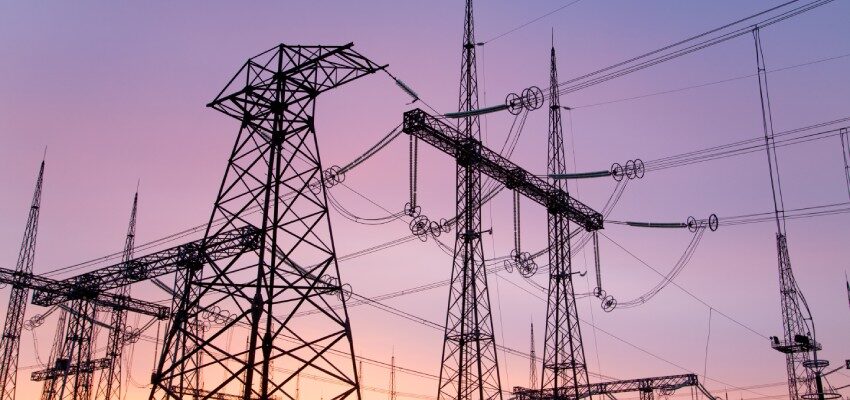
The SDIPF reliability curve of old EHV power transformers
In the 1950s and early 1960s, in the USSR, 220 kV transformers were manufactured in accordance with GOST 1516-60.
byVitaly Gurin, Terrence O'Hanlon

A historical review for utilities when developing specifications for new transformers – Part III
In the 1950s and early 1960s, in the USSR, 220 kV transformers were manufactured in accordance with GOST 1516-60 [1], in which the insulation levels were determined by the protective characteristics of lightning arresters of the RVS type. Given the higher insulation levels, the insulation reliability issues in these transformers were practically non-existent.
New, much better surge arresters of the RVM and RVMG types limited not only lightning surges but also internal overvoltages. This made it possible to significantly reduce the insulation levels and manufacture 330–500 kV transformers with transportation to the installation site in their own tank (previously, the first 400 kV transformers were transported in a semi-disassembled state). Note that the reduction of insulation levels improves the technical and economic characteristics of transformers. For transformers of 330 kV and above, each per cent reduction in test voltages due to a reduction in insulation distances allows reducing the total mass of the transformer by 0.4–0.7 % and increasing power with the same dimensions by 0.6–0.8 %







